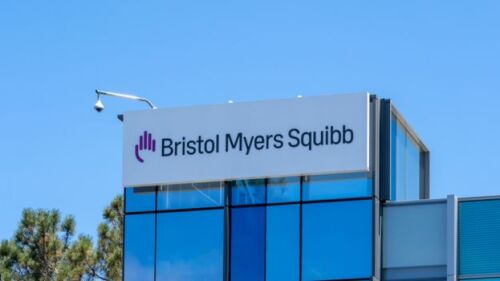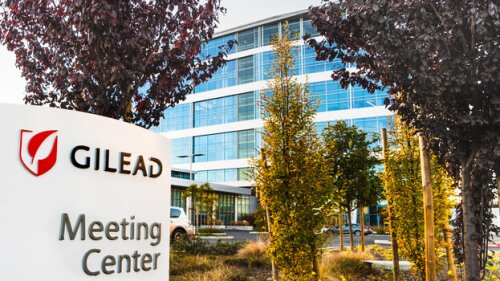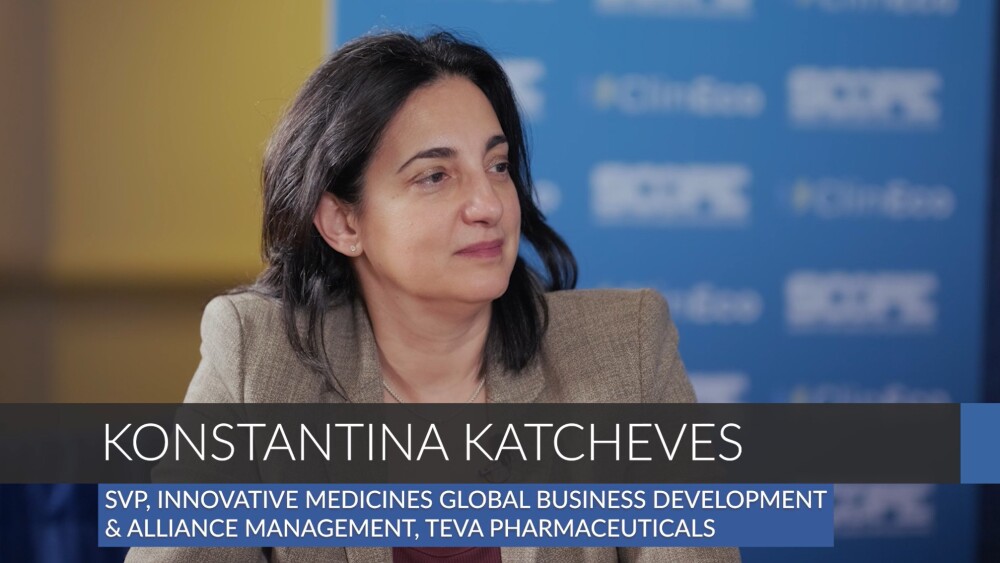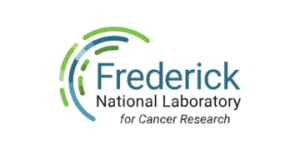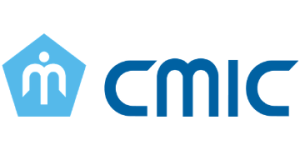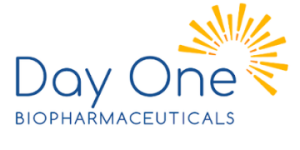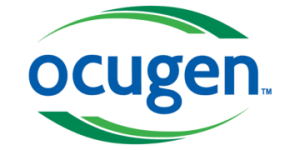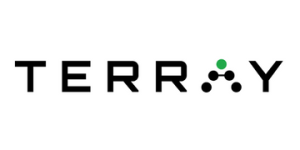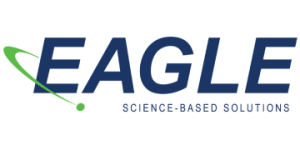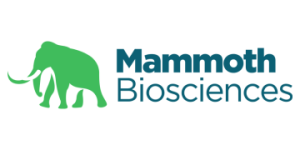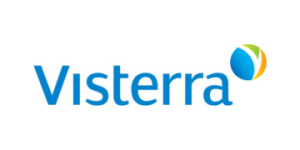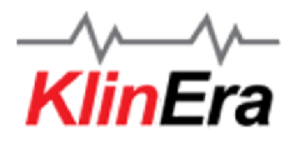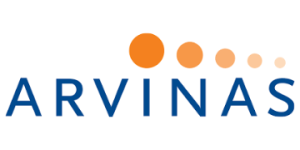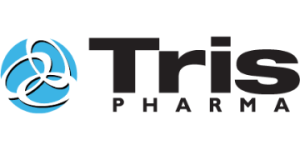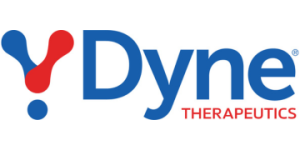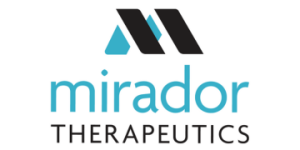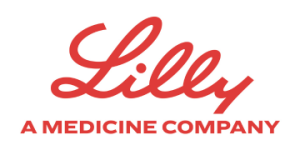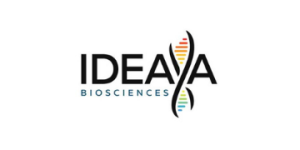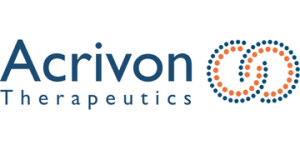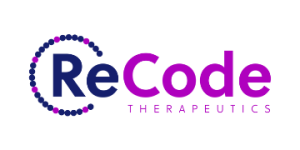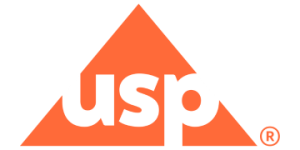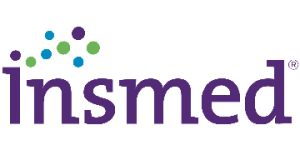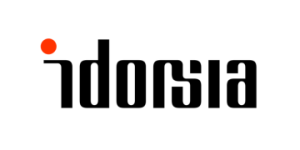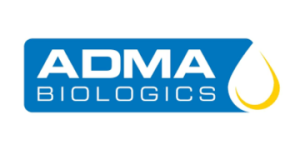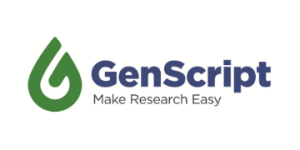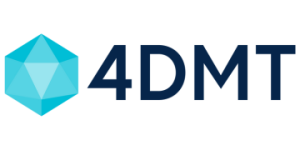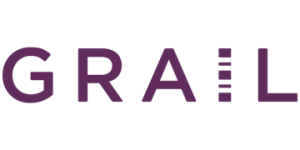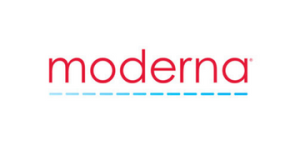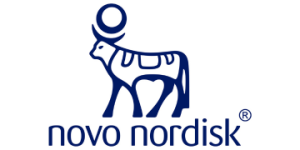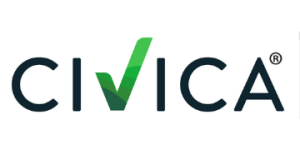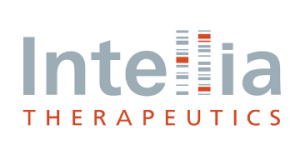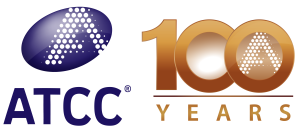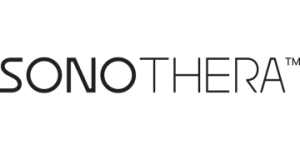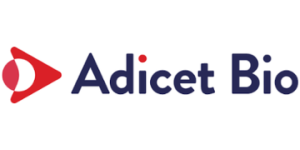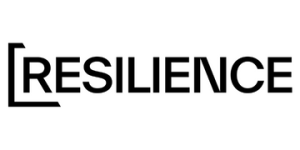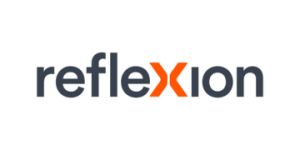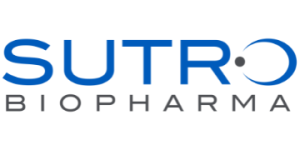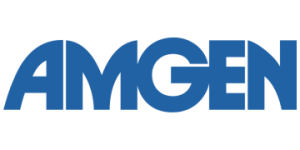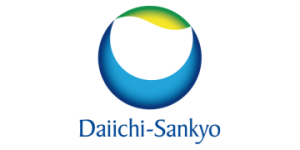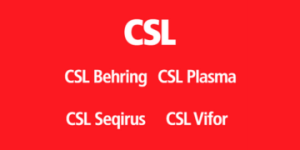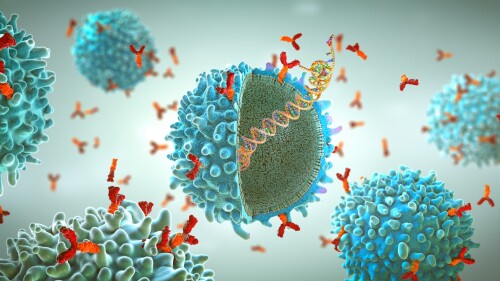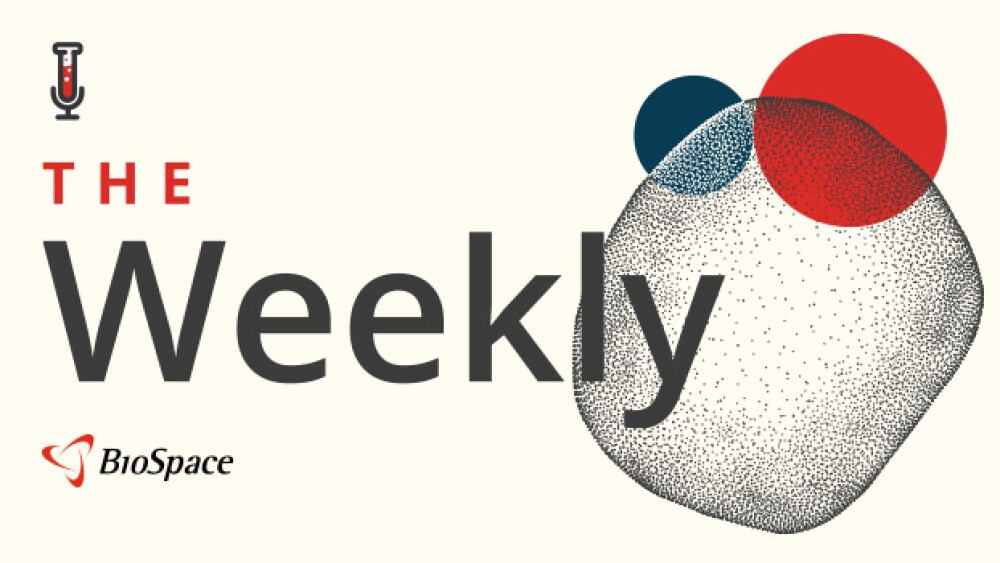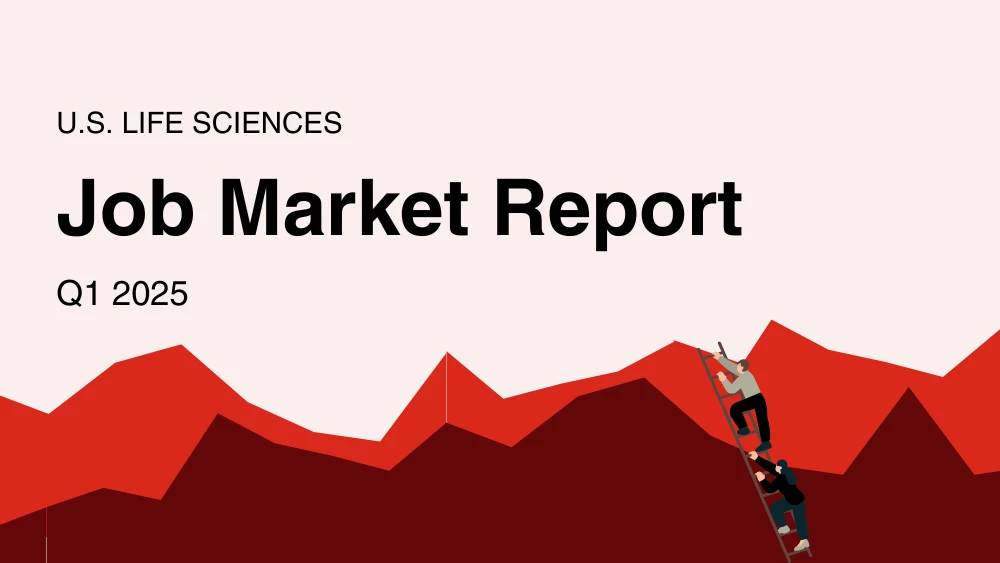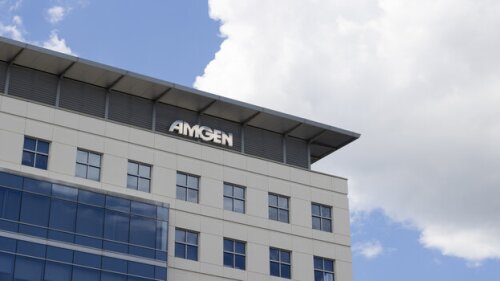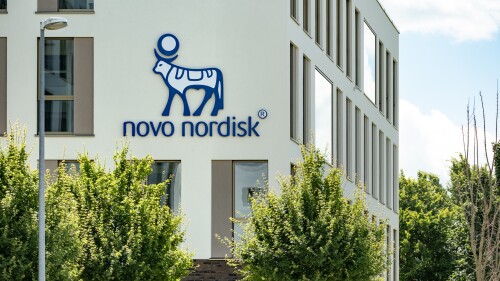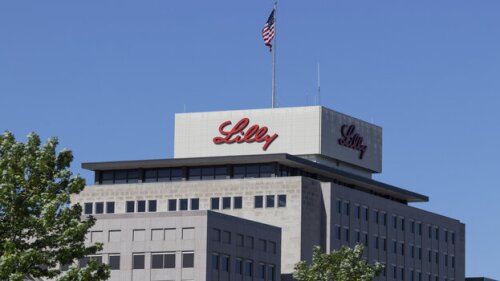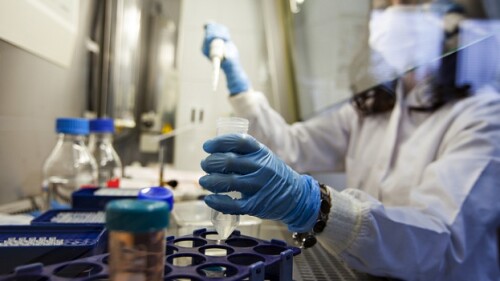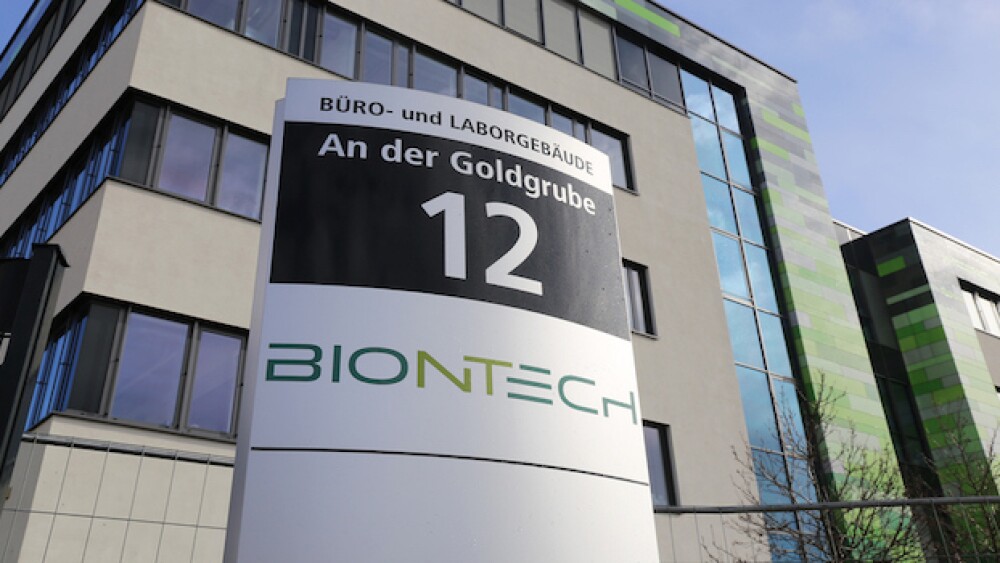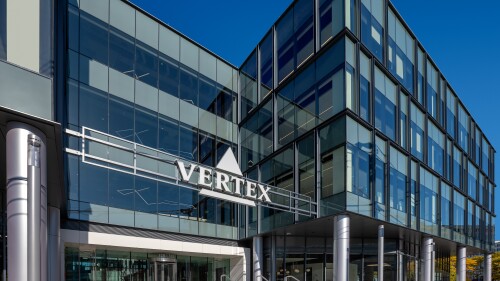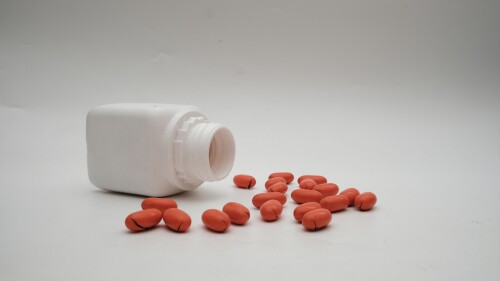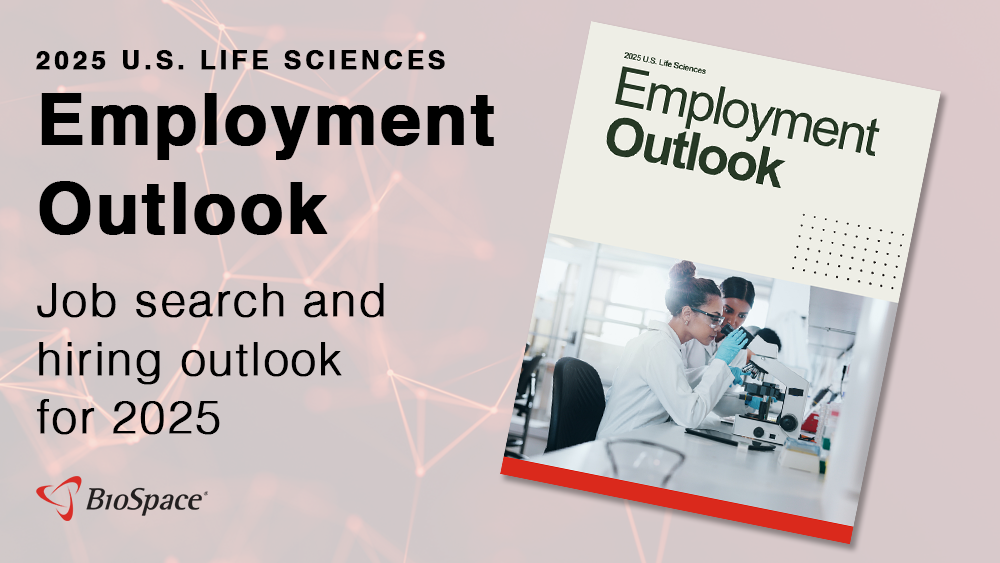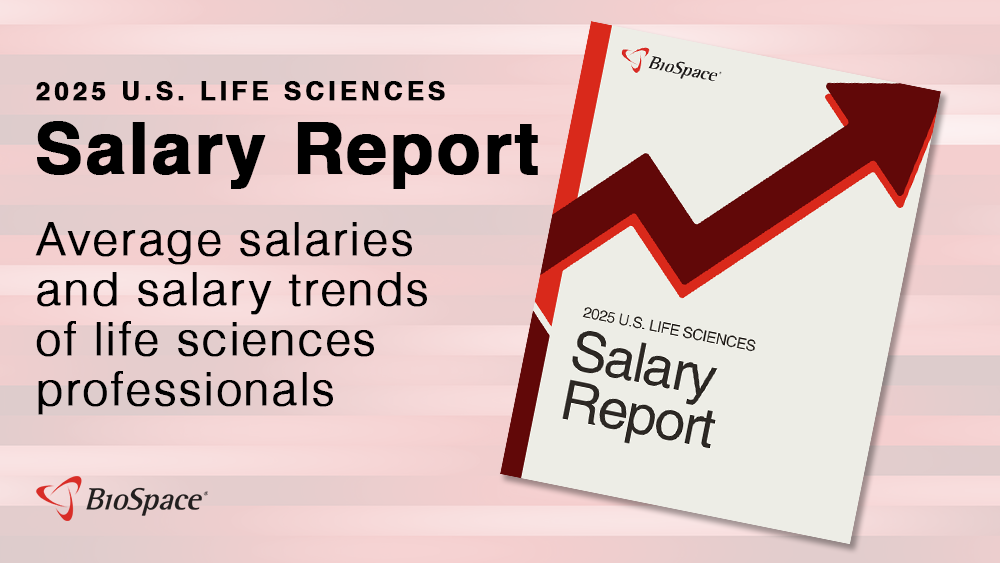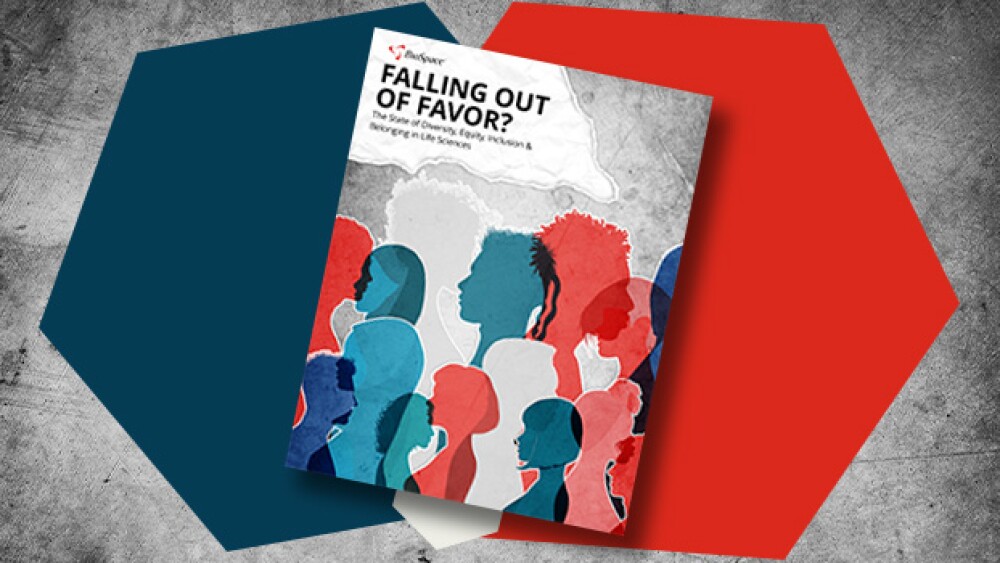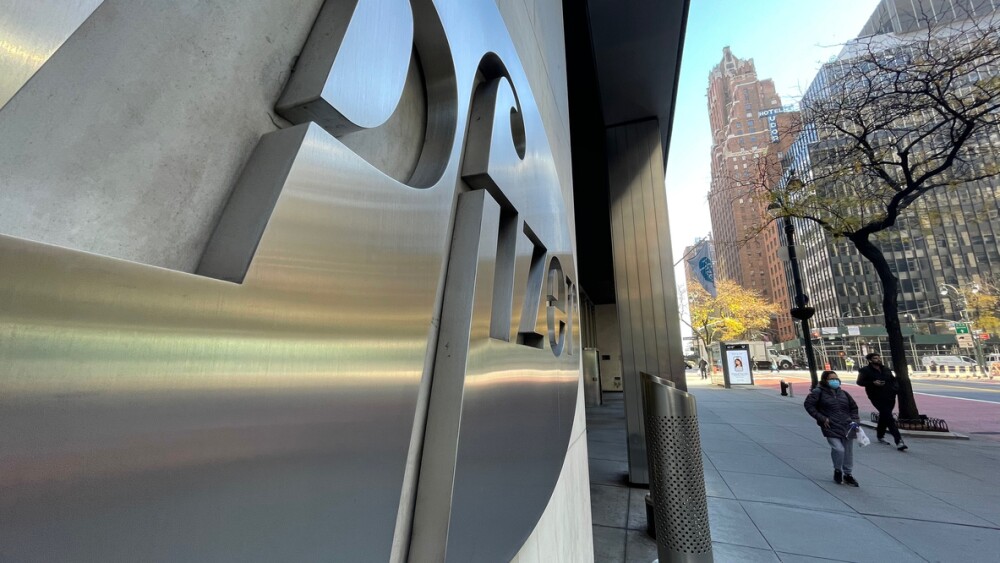Such a change would put the U.S. more in line with guidance in other countries and with the World Health Organization, which recommends one dose for children and adolescents only if they have comorbidities.
In December 2024, the FDA affirmed that the shortage of tirzepatide, marketed as Zepbound for weight loss, had ended, formally barring compounders from producing their knockoff versions of the drug.
FDA Commissioner Marty Makary talks about his plans to revamp drug development and reduce ‘conflicts of interest’ between the agency and pharma industry; Roche and Regeneron jump on the U.S. manufacturing train as Trump’s tariffs loom; and Eli Lilly scores a big win for orforglipron while Novo Nordisk reveals it has applied for FDA approval of its oral semaglutide.
Paul Stoffels left his perch as J&J’s chief scientific officer in 2022 to replace Galapagos’ founding CEO Onno van de Stolpe, inheriting a company that had suffered a series of clinical failures since its 1999 creation.
Roche is committing $50 billion while Regeneron inked a $3 billion manufacturing deal with Fujifilm, allowing the pharma to “nearly double” its U.S. large-scale manufacturing capacity.
Combining Trodelvy with Keytruda and pushing it into the frontline setting could “potentially double” the ADC’s market in metastatic triple-negative breast cancer, according to analysts at Truist Securities.
FEATURED STORIES
Konstantina Katcheves, Senior VP of Innovative Global Business Development at Teva Pharmaceuticals brings insights from the World Economic Forum to SCOPE 2025.
Merck’s Keytruda holds on to the top spot while AbbVie’s Humira—once the world’s top-selling drug—continues to cede its market share to biosimilar competitors.
Congress did not reauthorize the rare pediatric disease priority review program at the end of 2024. Advocates say the ripple effect is already being felt across biopharma.
FROM BIOSPACE INSIGHTS
In a year when eradicated diseases are on the uptick in America, how will American children survive RFK Jr.’s vaccine scrutiny and inconsistency? Two experts call on pharma and regulatory bodies to rebuild trust.
LATEST PODCASTS
Eli Lilly becomes the latest to make a major investment in immunology and inflammation, while antibody-drug conjugate biopharma Myricx Bio nets a large Series A round and new research highlights the potential and possible risks of GLP-1s.
Two CRLs from the FDA last week cited concerns with third-party manufacturers, while Indian CDMOs may make a bid for U.S. business if there is a decoupling from Chinese companies under the BIOSECURE Act.
This week on Denatured, Head of Insights Lori Ellis and guests discuss the implications of not addressing the DE&I data gaps for the future.
Job Trends
AbbVie (NYSE: ABBV) today announced that RINVOQ® (upadacitinib) is indicated in the U.S. for the treatment of pediatric patients two years of age and older with active polyarticular juvenile idiopathic arthritis (pJIA) as well as psoriatic arthritis (PsA), provided they have had an inadequate response or intolerance to one or more tumor necrosis factor (TNF) blockers.
Subscribe to Genepool
Subscribe to BioSpace’s flagship publication including top headlines, special editions and life sciences’ most important breaking news
SPECIAL EDITIONS
A new generation of checkpoint inhibitors is emerging, with some showing more promise than others. From recent TIGIT failures to high-potential targets like VEGF, BioSpace explores what’s on the horizon in immuno-oncology.
Peter Marks, the venerable head of the FDA’s Center for Biologics Evaluation and Research, has been forced out. In this special edition of BioPharm Executive, BioSpace takes a deep dive into the instability of the HHS.
Year-over-year BioSpace data show biopharma professionals faced increased competition for fewer employment opportunities during the first quarter of 2025.
DEALS
-
As part of a pipeline realignment, Bristol Myers Squibb is returning the rights to Agenus for its proprietary TIGIT bispecific antibody program and terminating their 2021 license, development and commercialization agreement.
-
With an upfront $800 million payment and $325 million in potential milestones, Otsuka Pharmaceutical is acquiring Jnana Therapeutics’ drug discovery platform and rare disease candidate, the companies announced Thursday.
-
A report from J.P. Morgan shows an increase in biopharma activity so far this year and where some improvement can be made.
-
Sangamo and Pfizer’s hemophilia A gene therapy candidate scored a Phase III victory last week. However, with the genomic medicine company soon to run out of cash, Sangamo’s short-term prospects look bleak but not unsalvageable, analysts say.
-
Under the deal announced Monday with the California biotech, German pharma Boehringer Ingelheim is gaining access to novel immune checkpoint inhibitors designed to activate the immune system to fight cancer cells.
WEIGHT LOSS
-
While Amgen’s third-quarter financial results on Wednesday were “somewhat uneventful,” investors continue to be focused on the highly anticipated MariTide Phase II results slated for late 2024, according to BMO Capital Markets analyst Evan Seigerman.
-
Wednesday’s update to the regulator’s drug shortage database is good news for Novo Nordisk, which has struggled to keep up with demand for the blockbuster GLP-1 drugs.
-
Eli Lilly’s blockbuster weight loss and diabetes drugs missed analysts’ expectations by 18% in the third quarter, which were negatively impacted by inventory stocking in the wholesaler channel. The company’s shares fell more than 13% in trading on Wednesday morning.
-
The group of like-named companies that include Novo Holdings and Novo Nordisk—the two tied to a multibillion-dollar buyout of Catalent currently under FTC review—ultimately send proceeds to the Novo Nordisk Foundation, one of the world’s largest charitable foundations.
-
Following an end-of-Phase II meeting with the FDA in the fourth quarter, Viking Therapeutics plans to push its subcutaneous obesity therapy VK2735 into late-stage development and to start a Phase II trial for an oral formulation.
POLICY
-
Eli Lilly’s request to intervene in a suit filed by compounding pharmacies against the FDA reflects a belief the outcome could affect its business and that the FDA does not adequately represent its interests.
-
Other notable greenlights this year include Bristol Myers Squibb’s Cobenfy, the first novel therapeutic for schizophrenia in 35 years, and Madrigal Pharmaceuticals’ Rezdiffra, the first-ever treatment for MASH.
-
AbbVie’s blockbuster Humira held 105 patents, shielding the anti-inflammatory drug from biosimilar competition for more than 20 years. Proposed reforms could help prevent companies from extending exclusivity with such patent thickets.
-
Now that they’ve received the go-signal from both U.S. and EU anti-trust regulators, Novo Holdings and Catalent expect to wrap up their deal in the coming days.
-
A week after dining with Trump and his team at Mar-a-Lago, leaders at Pfizer and Eli Lilly have publicly stated that they intend to collaborate with the incoming administration on key issues affecting the pharma industry.
Q1 is the time when life science professionals are ramping up their job search efforts. If this applies to you, here are some tips to help you get a head start and prepare for your Q1 job search.
Teaming up with a recruiter can be a smart move in a tight job market or for job seekers looking for a specialized role. To help you in your job search, we’ve outlined how to get the best out of recruiters.
Whether a job search is voluntary or not, months of interviews, wrangling over pay and benefits and evaluating options has a weighty psychological toll.
The role of a clinical research nurse can be rewarding, but it’s not without challenges. Find out more about the role of a clinical research nurse and what it takes to become one in our guide.
Find out everything you need to know about research and development, including the skills it requires and what you should do if you’re ready to make the transition into R&D.
At the foundation of every clinical trial are the professionals who ensure its successful execution. Read on to find out more about how to know if clinical research is right for you.
HOTBEDS
REPORTS
In this Employment Outlook report, BioSpace explores current workforce sentiment, job activity trends and the prospective job and hiring outlook for 2025, particularly as it compares to the previous year.
BioSpace’s third report on diversity, equity, inclusion and belonging in life sciences examines dramatic shifts in attitude around diversity initiatives.
CANCER
-
The FDA cited issues with a manufacturing facility as the reason for the rejection. J&J is currently “working closely” with the regulator to resolve these problems.
-
Bristol Myers Squibb aims to generate around $1.5 billion in savings through 2025—a goal that it hopes to reach by lowering third-party expenditures, focusing only on key growth brands and cutting some 2,200 jobs by year-end.
-
Some 90% of investigational drugs fail—and success rates are even more dire in the neuro space. Here, BioSpace looks at five clinical trial flops that stole headlines over the past 12 months.
-
Incyte is abandoning its ALK2 blocker zilurgisertib, which it was trialing for myelofibrosis-associated anemia, while iTeos will deprioritize the development of inupadenant after it failed to meet the biotech’s clinical bar in a Phase II study of metastatic non-small cell lung cancer.
-
Pfizer, facing increasing pressure from Novartis, is touting a Phase III win for Ibrance as the first clinical evidence supporting the CDK4/6 inhibitor class’ use in patients with a specific type of breast cancer.
NEUROSCIENCE
-
The shocking failure of AbbVie’s emraclidine has investors questioning the Big Pharma’s long-term neuroscience strategy, which put the drug at the center of expectations.
-
The past four years have brought disappointment for the Huntington’s community, but optimism is growing as companies including Prilenia and Wave Life Sciences eye paths to approval of therapies that could address the underlying cause of the disease.
-
A fatal, highly hereditary illness with no disease-modifying treatments, Huntington’s is long overdue for a therapeutic win. Here, BioSpace looks at five candidates that could change the trajectory for patients.
-
With Eisai and Biogen’s Leqembi and Eli Lilly’s Kisunla launching onto the market, the 2024 Clinical Trials of Alzheimer’s Disease conference focused on the role these drugs might play, as well as combination therapies and innovative new treatment options.
-
Leqembi’s sales continue to be underwhelming, according to analysts, who contend the companies’ Alzheimer’s disease therapy is being held back by barriers such as coverage, infusion centers and time to diagnosis.
CELL AND GENE THERAPY
-
Pfizer’s sudden market withdrawal of sickle cell therapy Oxbryta, which some analysts predicted would reach $750 million in sales by the end of the decade, has left patients and healthcare providers with few options, while investors question the pharma giant’s dealmaking prowess.
-
While the companies did not reveal the financial details of the deal, Novo Nordisk will provide funding for two Evotec sites in Germany and Italy to support the development of next-generation cell therapies.
-
4D Molecular Therapeutics reported its experimental gene therapy demonstrated a nearly 90% reduction in the need for annualized standard-of-care injections in patients with wet age-related macular degeneration.
-
Last month, Vertex said sickle cell patients had not yet received infusions of its gene therapy Casgevy. That’s now changed, as the company races with bluebird bio’s Lyfgenia.
-
As it nears a crucial FDA action date for its transthyretin amyloid cardiomyopathy candidate, BridgeBio focuses on its late-stage pipeline.


